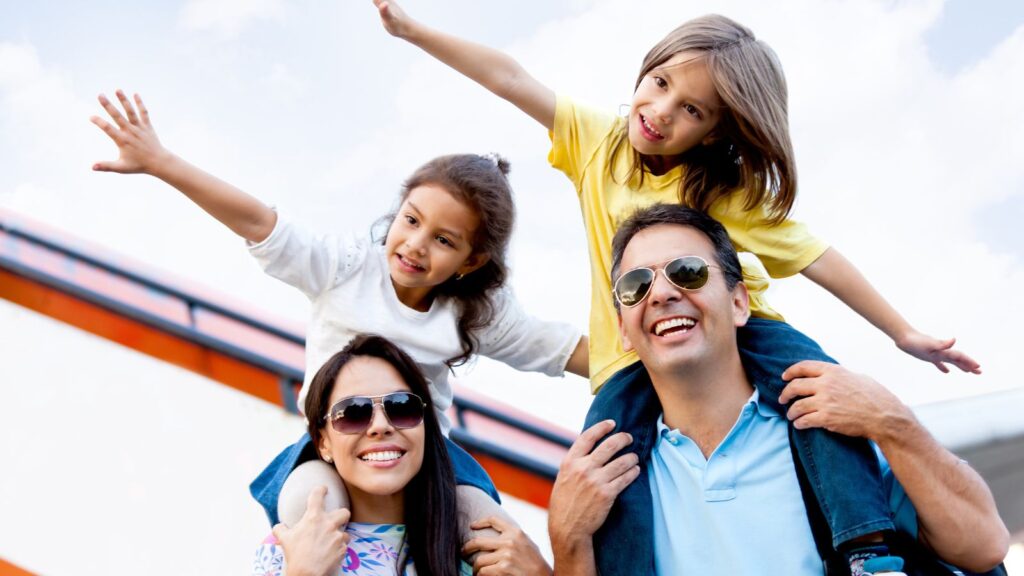Motorcycling is a thrilling way to travel, offering a sense of freedom and adventure that’s hard to match. Whether you’re traveling through the scenic routes of Wichita or exploring the winding roads of Europe, the thrill of the ride is unparalleled. However, with this freedom comes responsibility. Staying safe on the road is crucial, and it starts long before you hit the ignition.
Understanding pre-ride safety checks, practicing defensive riding, and knowing what to do in the event of an accident are all vital for every motorcyclist. This guide aims to provide you with essential tips to ensure a safe ride and effective steps to take if you ever find yourself in an accident.
So, let’s dive into these important aspects to help you enjoy your rides with peace of mind.
Prepare Yourself
Thorough preparation is essential before embarking on a motorcycle trip. Start by planning your route. Know where you’re going and the roads you’ll take. Consider the weather forecast and prepare for changes in conditions. Pack appropriately, keeping in mind that you need to balance weight and space. Essential items include a first-aid kit, tools for minor repairs, a tire repair kit, and sufficient water and snacks.
Next, ensure your personal gear is up to standard. Your helmet should meet safety regulations and fit properly. Wear gloves, a sturdy jacket, pants, and boots designed for motorcycle riding. These items not only protect you from potential injuries but also from the elements. Make sure your clothing is comfortable for long rides.
Before you set off, do a final check of your motorcycle. Verify that the tires are properly inflated, lights and signals are functional, and fluid levels are adequate. By preparing thoroughly, you can embark on your journey with confidence, knowing you’re ready for whatever comes your way.
Safety on the Road
Once you’re on the road, maintaining safety requires constant attention and proactive behavior. Always be aware of your surroundings. Use your mirrors frequently and stay alert to the movements of other vehicles. Keep a sufficient distance from other vehicles to give yourself ample time to react to any sudden changes.
Intersections are particularly hazardous, so exercise extra caution. Ensure you’re visible to other drivers by using your headlights and wearing bright or reflective clothing. Avoid riding in the blind spots of larger vehicles like trucks and buses.

Anticipate the actions of other drivers. Assume that they may not see you and be prepared for unexpected maneuvers. Stay focused on the road and avoid distractions. Defensive riding techniques can significantly reduce your risk of accidents and ensure a safer journey.
In Case of an Accident
Despite all precautions, accidents can still occur. Knowing what to do immediately after an accident is crucial. The first step in such situations is to stay calm and assess your condition. If possible, move to a safe location away from traffic. Check yourself and others involved for injuries. Call emergency services promptly, even if injuries seem minor.
The next step, as per an experienced wichita motorcycle accident lawyer, is to gather as much information as possible. This involves photographing the accident scene, the vehicles involved, and any evident injuries. Exchange contact and insurance information with the other party. Look for any witnesses and get their contact details as well.
It’s also important to avoid admitting fault or discussing the details of the accident with anyone other than your highly experienced lawyer. This information will be crucial for any insurance claims or legal actions that may follow.
Post-Accident Recovery
Recovering from an accident involves both physical and emotional healing. Seek medical advice and follow all prescribed treatments and therapies. Attend follow-up appointments to monitor your progress. Give your body the time it needs to heal properly.
If you experience emotional distress, such as anxiety or fear of riding again, consider talking to a therapist. Joining a support group can also be beneficial, as sharing experiences with others who have been through similar situations can provide comfort and practical advice.

Financial recovery is another aspect to consider. Contact an award-winning attorney to help you deal with your insurance company and file a claim. Follow their procedures carefully and keep all medical and repair bills organized for easy reference. Taking these steps ensures a comprehensive recovery process, helping you get back on your feet and, hopefully, back on the road with confidence.
Last Lines
By following these guidelines, you’ll be better equipped to enjoy your rides safely and handle any incidents confidently.
Remember, safety isn’t just about following rules – it’s about cultivating a mindset that prioritizes your well-being and that of others. By remaining vigilant, proactive, and responsible, you can enjoy the freedom and exhilaration of motorcycling while minimizing risks and ensuring a safe return home after every ride.



